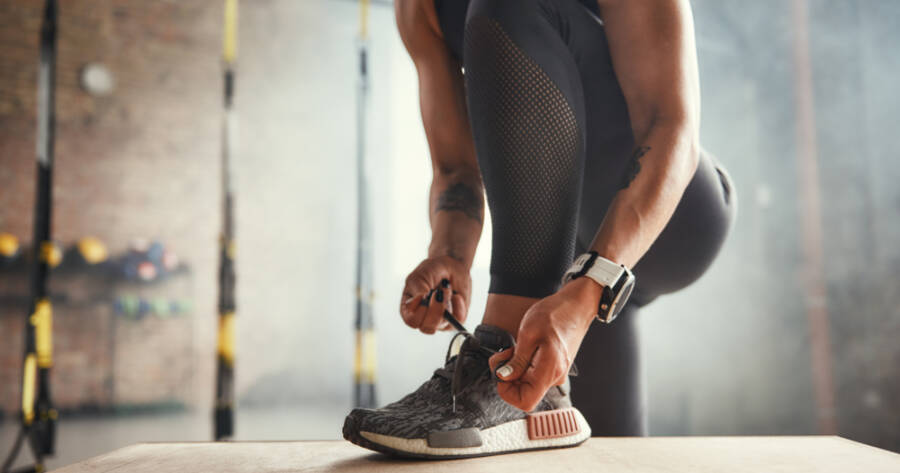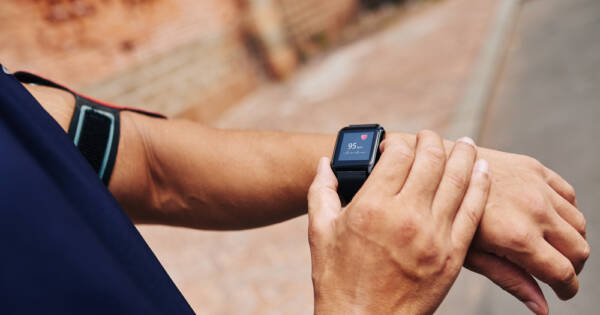The right gym shoes can make all the difference in your performance, comfort, and injury prevention. Whether you’re lifting weights, running, or doing high-intensity interval training, your footwear should support your movements and enhance your workout. With so many styles and features available, finding a pair that aligns with your fitness goals is key to maximizing results and staying motivated.
Assessing Your Workout Routine
The first step to choosing the right gym shoes is understanding the kind of activities you’ll be engaging in. Different types of movements place varying demands on your feet and body. A shoe that feels perfect during a casual walk might not perform well in a CrossFit session or a long-distance run. Below are some common fitness routines and the shoes that might suit them:
- Running: Running places repetitive stress on your feet, ankles, and knees, making cushioning a priority. Look for shoes with arch support and shock absorption, especially if you plan to run on hard surfaces. Lightweight options can also enhance speed and efficiency.
- Weightlifting: For weightlifting, flat-soled shoes with a stable base are often preferred. These allow for a solid connection to the ground, supporting balance during heavy lifts like squats and deadlifts. Lifting shoes may include a slight heel lift to promote better posture during lifts.
- High-Intensity Interval Training (HIIT): Shoes for HIIT should offer lateral support, flexibility, and grip. With rapid changes in direction and plyometric movements, a shoe with multidirectional stability and reinforced cushioning can help manage impact.
- Cross-Training: Cross-trainers are versatile options designed to support a range of activities. They are an excellent choice if you dabble in everything from cardio to strength work, as they blend flexibility, support, and cushioning.
- Indoor Cycling or Spin Classes: While traditional sneakers might suffice, investing in cycling shoes with cleats can provide better power transfer and reduce foot fatigue. These shoes often feature stiff soles to improve pedaling efficiency.
Recommended Shoes for Different Workouts
Navigating the endless sea of gym shoes can be overwhelming, so here are a few well-regarded options across different workout styles to get you started. Keep in mind that shoe preferences are subjective, so it’s always a good idea to try on multiple pairs before deciding.
- Running Shoes:
- Nike Air Zoom Pegasus 40: A versatile running shoe with a good balance of cushioning and responsiveness, suitable for daily runs.
- Brooks Ghost 15: Known for excellent arch support and shock absorption, ideal for runners who need a bit more comfort over long distances.
- Hoka One One Clifton 9: A lightweight, highly cushioned option, great for minimizing impact on joints during road running.
- Weightlifting Shoes:
- Adidas Adipower 3: These shoes offer a raised heel and a stable, flat sole, providing extra support during squats and other compound lifts.
- Nike Romaleos 4: A durable weightlifting shoe with exceptional stability and arch support for serious lifters.
- Converse Chuck Taylor All Stars: A budget-friendly, flat-soled shoe, popular among lifters for its minimal cushioning and close-to-ground feel.
- HIIT and Cross-Training Shoes:
- Nike Metcon 8: Designed for high-intensity workouts, the Metcon offers firm stability and flexibility for quick movements.
- Reebok Nano X3: Known for excellent grip and lateral support, making it a popular choice among CrossFit enthusiasts.
- Under Armour HOVR Rise 4: Offers both cushioning and responsiveness, well-suited for HIIT sessions and agility drills.
- Indoor Cycling Shoes:
- Shimano IC5 Indoor Cycling Shoe: Features stiff soles and breathable uppers, compatible with SPD cleats for optimal power transfer.
- TIEM Slipstream Cycling Shoe: A sleek option that blends the look of a sneaker with the functionality of a cycling shoe. It’s a great choice for spin classes.
- Giro Regime: Designed for both indoor and outdoor cycling, offering exceptional support and fit for longer rides.
Understanding Your Foot Type
Your foot shape also plays a significant role in determining the right shoe. Wearing footwear that doesn’t accommodate your foot type can lead to discomfort, blisters, and even long-term injuries like plantar fasciitis. Here are some general guidelines:
- Flat Feet: If you have little to no arch, consider shoes with motion control or stability features. These shoes can offer enhanced arch support and prevent excessive pronation (when the foot rolls inward too much).
- High Arches: Individuals with high arches may need shoes with extra cushioning to absorb shock. A neutral running shoe with ample padding might work well to reduce stress on the feet.
- Neutral Feet: Those with neutral arches have more flexibility in choosing shoes. However, it’s still essential to try multiple pairs to see which provides the best combination of comfort and support for your chosen workout.
The Importance of Fit and Comfort
No matter how specialized a shoe is, it won’t benefit you if it doesn’t fit correctly. Here are some factors to keep in mind when trying on gym shoes:
- Proper Sizing: Feet tend to swell during exercise, so it’s wise to shop for shoes in the late afternoon or evening when your feet are naturally a bit larger. There should be about a thumb’s width between your longest toe and the front of the shoe.
- Toe Box Space: A cramped toe box can lead to discomfort, while one that’s too roomy can cause instability. Look for a fit that allows your toes to wiggle but doesn’t let them slide around too much.
- Heel Lock: The back of the shoe should cradle your heel snugly to prevent rubbing and blisters. A slipping heel can also affect your performance, especially during high-intensity activities.
- Sock Choice: Don’t overlook socks when evaluating shoe comfort. Try on shoes with the type of socks you typically wear to the gym, as this can influence the fit.
Replacing Shoes at the Right Time
Even the best gym shoes have a lifespan. Over time, cushioning breaks down, outsoles wear thin, and the overall structure loses support. Wearing old or worn-out shoes can increase the risk of injury and discomfort. Here are a few signs that it might be time for a new pair:
- Visible Wear and Tear: Check for holes, thinning soles, or fraying materials.
- Reduced Cushioning: If the shoes feel flat or less comfortable than when you first bought them, their padding may be worn out.
- Uneven Wear Patterns: Overpronators may notice the inside of the soles wearing out faster, while supinators might see wear along the outer edges.
Most athletic shoes can last between 300-500 miles of running or several months of regular use, depending on the intensity of your workouts.
It’s Time To Lace Up
Choosing the right gym shoes can be a game-changer for your fitness routine, but it requires a bit of thought and personal experimentation. There’s no universal “best” shoe—your ideal pair will depend on factors like the type of exercise you do, your foot shape, and personal comfort preferences.
Investing time in finding the right fit and paying attention to wear and tear can help you stay comfortable and reduce the likelihood of injuries. While the perfect shoes won’t guarantee better performance, they can enhance your workout experience and support your fitness goals over the long run. So, next time you’re gearing up for the gym, remember: it all starts with the right pair of shoes.




